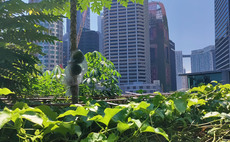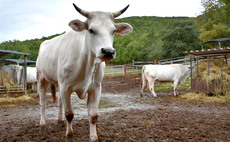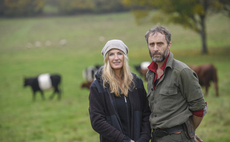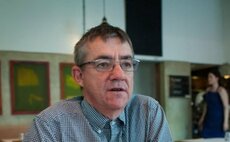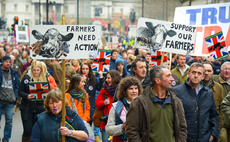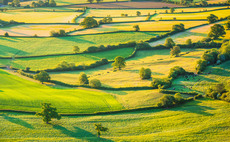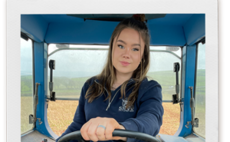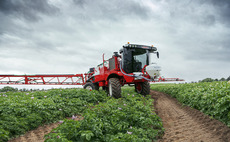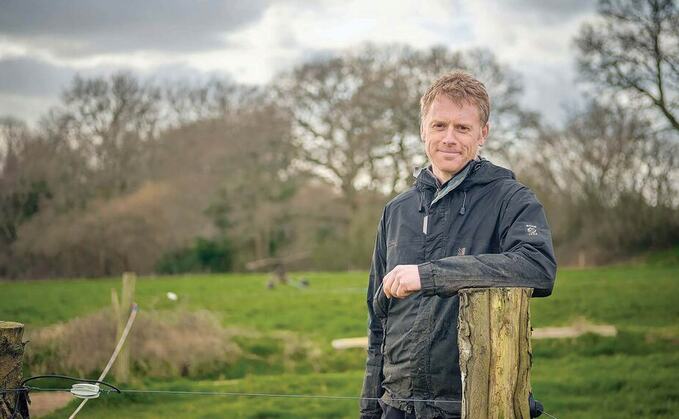
Dan and his family own and run the 300-hectare (741-acre) Cockhaise Farm, near Haywards Heath, West Sussex. The farm is home to an organic autumn-calving herd of 240 Holstein and Friesian crosses. He also contract farms another organic autumn-calving herd of 220 cows at Bore Place near Edenbridge, Kent. |
Although you will be reading this in September, I am currently writing this in mid-July, with temperatures knocking on the door of 40degC and my feet in a cold bucket of water to stave off self-combustion in my tropical office.
Although the temperatures are certainly on the high side, we are fortunate it is only really for a couple of days, before normal summer weather resumes later this week.
In recent months, I have spent more and more time looking at the cost of running an autumn calving herd through winter, with ever-escalating feed costs making the production of milk uneconomic.
However, with every dry summer we receive, I feel relieved we are able to dry all of the cows off to far flung corners of the farm onto standing hay, therefore taking the pressure off the grazing platform.
As a simple self-feed farm, we are just not set up for buffer feeding, so the ability to stockpile grass through the good months to feed out now is our saving grace.
I have been fortunate enough to have had several groups of farmers and advisers here over the last month, although by the 10th visit the well-trodden route around the farm was looking a bit worse for wear.
I love the challenge of hearing honest views on what we are doing here. It is important I am able to come out of my comfort zone in order to keep on making progress.
Topics for discussion included the breeding of our cows, with question marks as to whether they really were the same 550kg average as when weighed four years ago.
Benefits
We have nailed our colours firmly to the Irish Holstein Friesian mast over the last seven years and we have seen the benefits of improved fertility and constituents, but I cant afford to milk bigger cows, particularly on an organic system, so will be weighing cows this winter to make sure we are still on the right track.
One of the other main talking points was slurry handling and the confusion over upcoming legislation and how that affects what we do on the ground on our individual farms. At Cockhaise we have a lagoon which wraps around our cubicle shed, so completely incompatible with any sort of cover system.
We also use straw for bedding which then needs to be dug out once a year, again, not compatible with a cover.
We also use a Briggs irrigator to apply the watery slurry that comes through the weeping wall, a system which enables us to follow the cows round during the grazing season. But will this be allowable?
One thing for sure is that at some point in the near future we will need to invest significant capital in order to continue dairy farming, but for the time being I am happy to watch and wait, both for the clarification on the rules, but also how other farms tackle these issues.
Before we start calving later in August, I am off for two weeks of yet more heat in Corfu. Having had our last three years of holidays cancelled, this is long overdue and a great opportunity to leave the farm, turn off my phone and have some much needed R and R.
As the challenges become greater in the coming years, it is really important to look after yourself and those around you.






